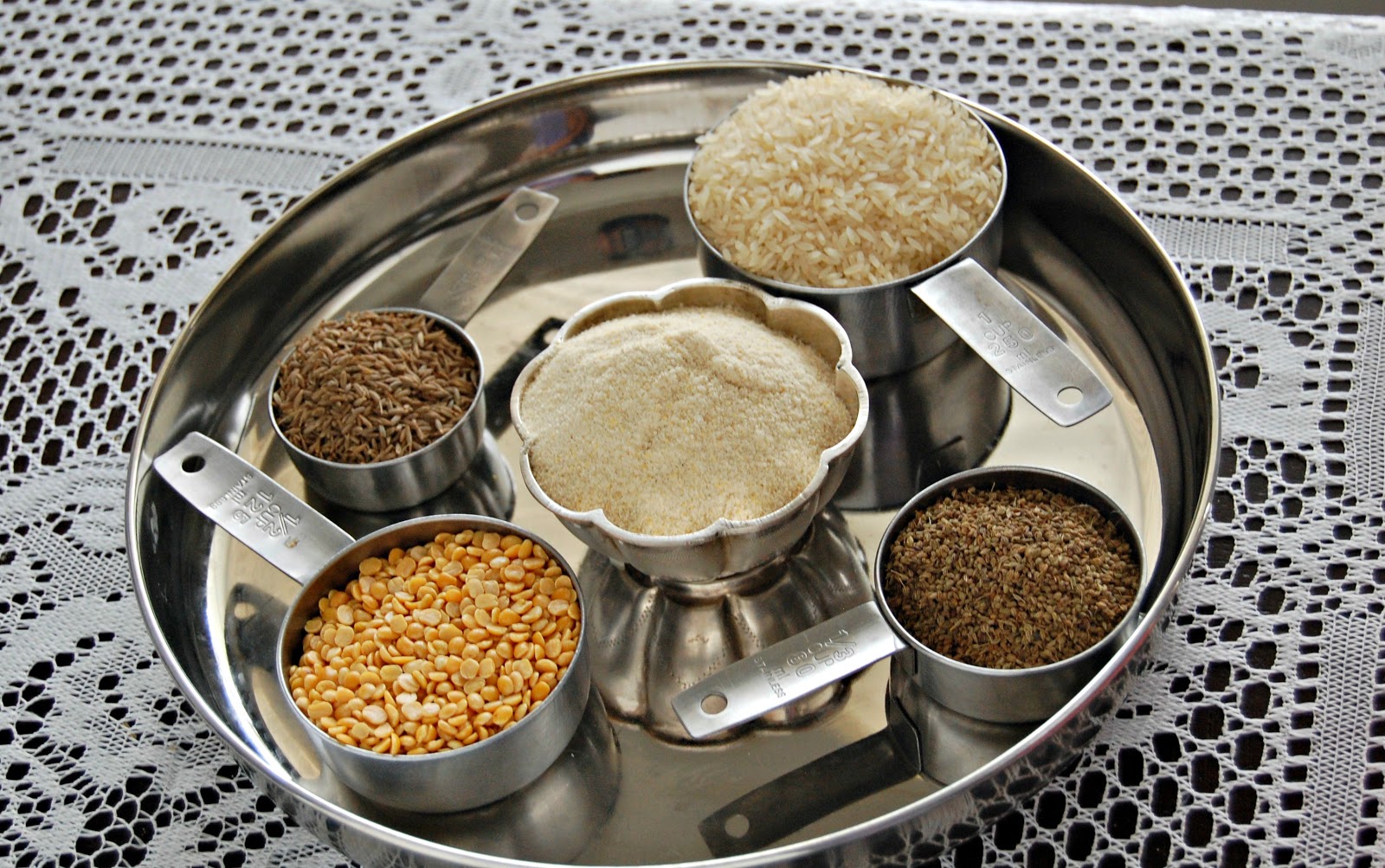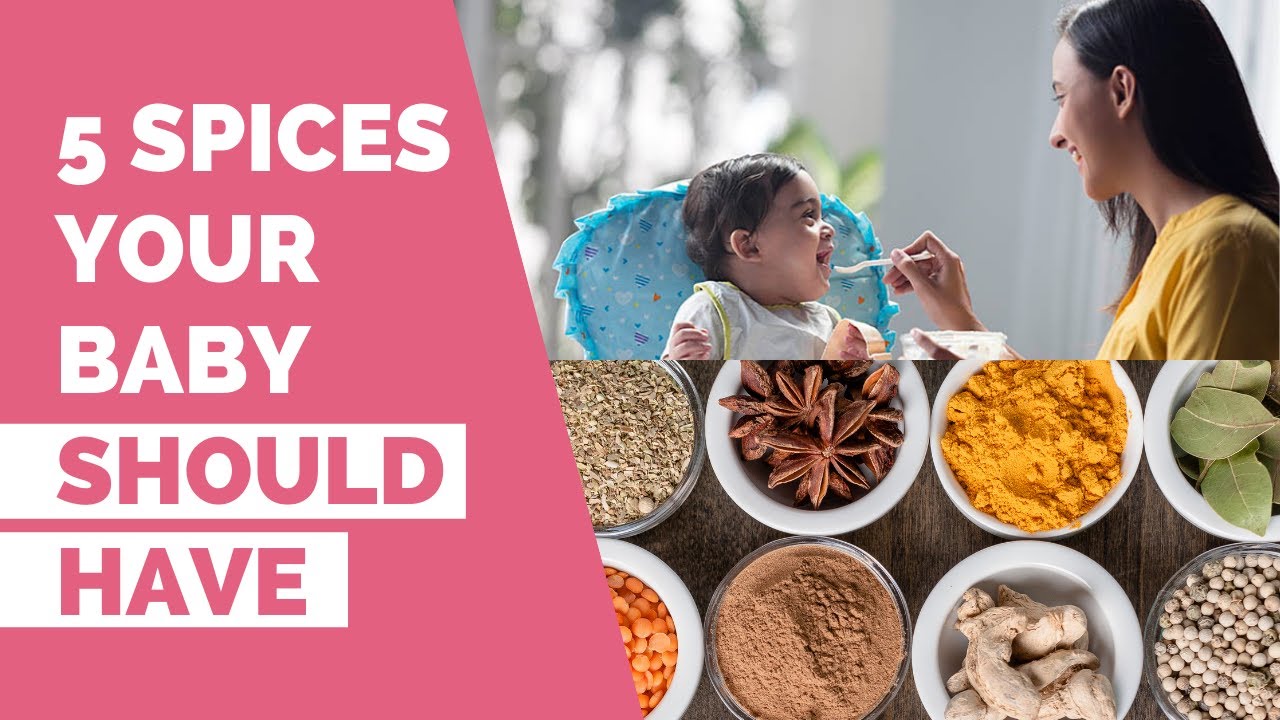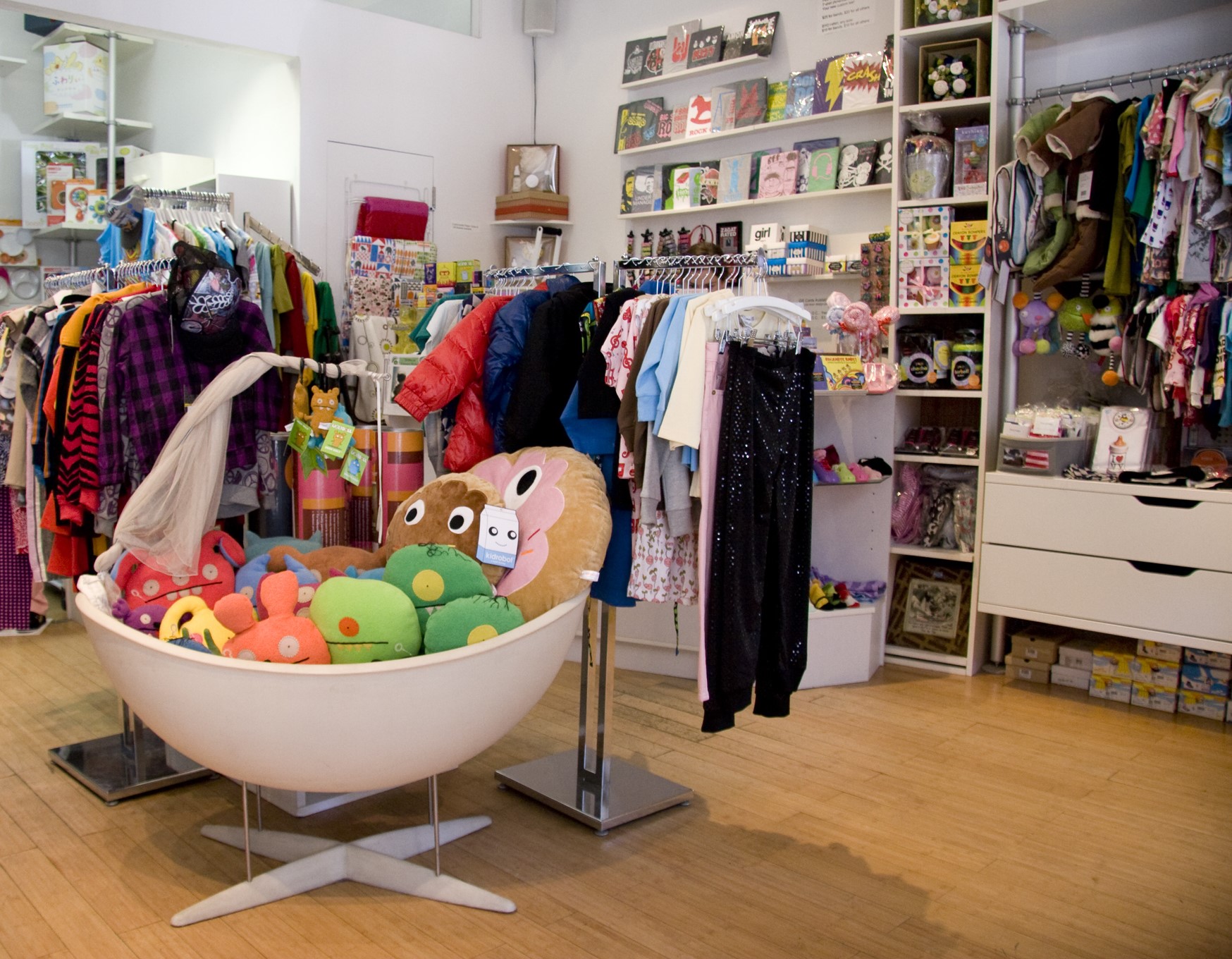Sign up here to receive a FREE Guide on how to kickstart your baby’s food journey.
For the first 6 months of a baby’s life, breastmilk is the only thing your little one needs. My doctor told me that exclusive breastfeeding was important for my baby’s health and it filled her tummy up adequately. However, once babies cross the 6-month mark, they need something more than just breastmilk to sustain them and help them grow into healthy children.
They need an additional bowl of nutrition to meet their nutritional needs so that they can achieve their developmental milestones. The transition needs to be accompanied by the introduction of nutrient-rich complementary food.
You may also like: Weaning Baby With Milk Allergies
What Is Complementary Feeding?
As per the Unicef, any non-breastmilk foods or nutritive liquids that are given to young children after they turn 6 months is defined as complementary foods, and complementary feeding is the process of introducing these foods.
So before you say it’s the same as weaning – not really. Complementary feeding means that you continue to give your baby breastmilk along with food that is nutritionally dense.
There are a few things about complementary feeding you should keep in mind
It should be timely – meaning that all infants should start receiving foods in addition to breast milk from 6 months onwards.
It should be adequate – the complementary foods should be given in amounts, frequency and a variety of foods that cover the nutritional needs of the growing child
It should be age appropriate – the foods are of a texture that is easy for baby to eat and digest.
WHO recommends that infants should start receiving complementary foods at 6 months of age in addition to breast milk, initially 2-3 times a day between 6-8 months, increasing to 3-4 times daily between 9-11 months and 12-24 months with additional nutritious snacks offered 1-2 times per day, as desired.
You may also like: Essential List Of Foods Kids Must Eat To Get Their Vitamins
What Should I Start Feeding My Baby After She Turns 6 Months
Good complementary foods are
- Rich in energy protein and micronutrients, especially iron, and are not watery but thick porridges
- Easy to eat and digest
- Hygienically prepared
You may also like: Myths vs Facts About What You Should be Feeding Your Baby
Cereals

Image Source: http://thelittlewhitebookofrecipes.blogspot.in
Babies need food that is rich in energy and nutrients. You should start with a single iron-rich pureed food like baby rice cereal or porridge from food such as millet, sorghum and ragi. But the nutrition from the porridge normally gets diluted by the time the baby eats it. When we cook, re-cook or use water to thin the thick consistency, the porridge loses nutritional value. During cooking, these flours absorb a lot of water which makes them thick. The consistency of the porridge should be neither thick nor thin – the way to know if it’s the proper consistency is to see that the porridge doesn’t fall from the spoon.
Pulses, Fresh Fruit & Vegetables

Image Source: https://www.jonathanclarkphysiotherapy.com
Peas, beans, lentils and soybeans are good sources of protein and iron. Eating food rich in vitamin C (for example, tomatoes, citrus and other fruits, and green leafy vegetables) at the same time helps iron absorption.
Fats

Ghee and butter are concentrated sources of energy and are essential fats that children are needed for brain development.
You can also introduce them to food like mango, papaya, banana, avocado, boiled egg, sweet potatoes, rotis with ghee etc.
Recommended Meal Plan For Your Baby
The food you give your baby should be supplemented with breast milk.
- You could start the morning with Wheat Raab or Nachni Sheera for Breakfast.
- Lunch can be Moong Dal Khichdi or Vegetable Soup, Fortified Baby Cereal or grain powder cereals like Oats & Dates, Moong Dal & Almond
- Evening snack could include Apple Stew or Fruit Puree or Pumpkin & Carrot Puree
- Dalia Khichdi or Fruit Phirni for dinner, Fortified Baby Cereal or any of the grain powders.
Things You Should Remember
When babies start solid food right up to they turn at least 3 years, mothers or caregivers must sit with them and encourage them to eat. Kids get distracted so easily and this could lead to them not getting enough nutrition if you leave them to their own devices. The feeding habits you inculcate in your child are what is going to last them their lifetime.
So keep your child engaged and interested in food so that they don’t lack nutritionally in any form and give a bowl of assurance to fulfil nutritional requirements.
You may also like: Are You Feeding Your Child A Balanced Diet? Find Out!
Image Source: http://www.femalehealthnews.com
This post is written in association with Nestle Start Healthy Stay Healthy.
Don’t forget to follow us on Facebook, Twitter, Pinterest, Soundcloud & Instagram or subscribe to our YoutubeChannel for more information



















